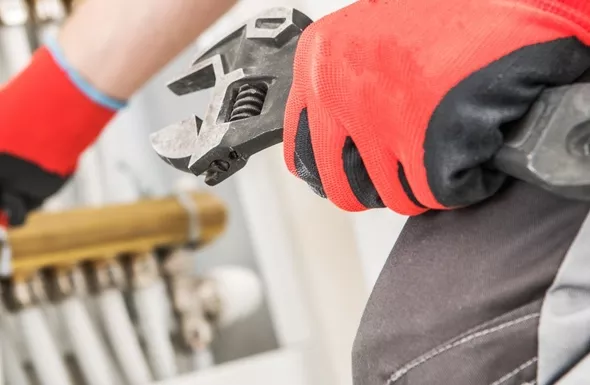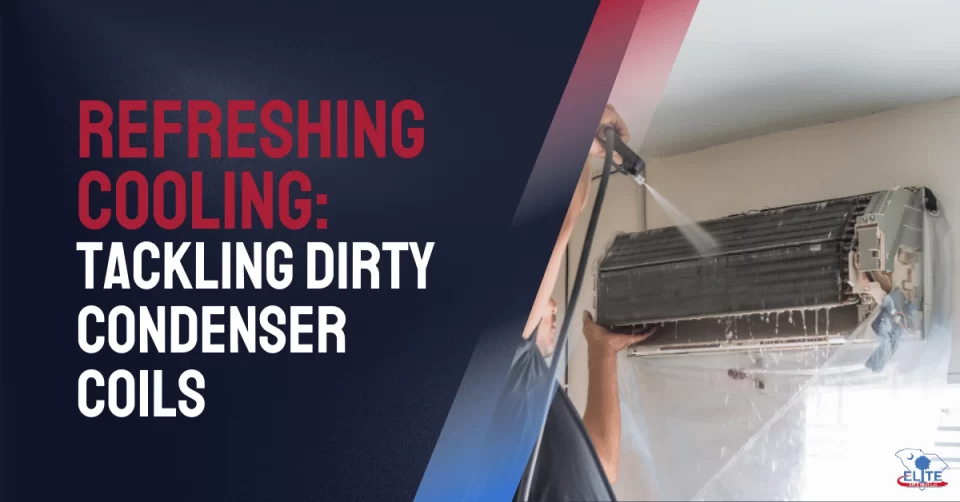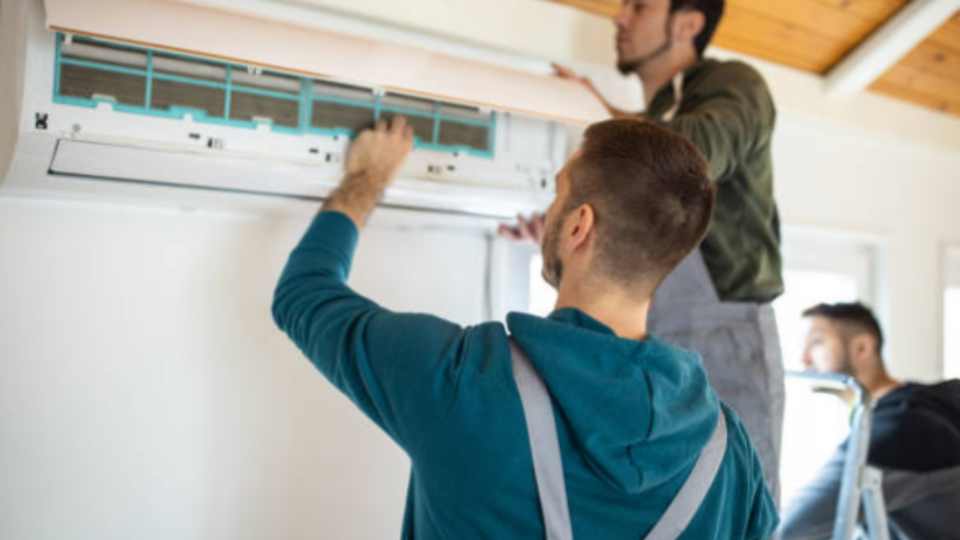You can tell a lot about a household by how they heat their home. It’s not just about cranking up the thermostat when it gets cold. Heating habits reveal routines, comfort levels, and even attitudes about energy bills.
Some people blast the heat for a cozy feel all day, while others layer up in sweaters to keep costs low. And then there are the smart-home pros, fine-tuning their heating systems with apps and schedules.
The way we heat our homes quietly tells a story about us, our habits, and the way we navigate modern living.
How Do Heating Service Patterns Reflect Daily Household Routines?
Every time a heating professional walks into a home, they’re stepping into a story that’s been unfolding day after day; sometimes without the homeowner even realizing it. Heating service patterns don’t just show how a furnace or heat pump is performing, they expose the rhythm of the home’s lifestyle.
Service records, scheduling times, and common complaints all offer clues about how and when households use their systems, and what those patterns mean in the larger context of comfort and energy behavior.
Common service patterns and what they suggest:
- Frequent evening service requests
Indicates heating systems being pushed harder during colder nighttime hours, often due to households turning down the thermostat during the day and cranking it up rapidly after work. - Early morning calls for lack of heat
Suggests homes with programmed thermostats set to jump from low nighttime settings to warm morning temperatures, a pattern that may tax older systems. - Weekend-only appointments
Indicates dual-income households or families who don’t use their heating systems heavily during weekdays but require consistent performance on weekends. - Sudden repairs after cold snaps
Shows homes where heating systems are inactive until winter arrives, possibly pointing to a lack of preventive maintenance.
By looking at heating patterns and maintenance habits, technicians can figure out if a home stays busy all day or if certain family members need steady temperature control. They can also tell when cutting energy costs takes precedence over keeping the house extra warm.
What Can Frequent Heating Repairs Indicate About Energy Use Habits?
If a furnace or boiler is breaking down more often than it should, the issue might not lie solely in the equipment, it could stem from how the household is using (or misusing) it.
While some repairs are purely mechanical, a pattern of frequent issues often signals inefficiencies or inconsistent heating behaviors that stress the system unnecessarily. These habits, once identified, offer an opportunity not just for better heating, but for smarter, greener energy usage overall.
What recurring repairs may be telling you:
- Repeated short cycling issues
Short cycling (when the system turns on and off rapidly) may suggest improper thermostat settings, overheating from blocked vents, or systems that are oversized for the home—wasting both energy and repair costs. - Clogged filters leading to motor failure
Indicates either a lack of regular maintenance or heavy indoor air usage, possibly from high foot traffic, pets, or poor air quality management. - Frequent flame sensor or ignition problems
This is often linked to dusty environments or poor air intake, suggesting a home with inadequate ventilation or a system that’s overworked by sudden temperature shifts. - Broken thermostats or communication failures
Could reflect homes where manual adjustments are made frequently, wearing down components and contributing to energy inefficiencies. - Repeated blower motor replacements
Often a sign of dirty ducts, blocked airflow, or systems being forced to heat rooms that aren’t sealed or insulated properly.
These aren’t just mechanical issues, they’re behavioral patterns. And when contractors diagnose and explain them properly, homeowners are often surprised to learn just how much their habits contribute to breakdowns.
How Does Thermostat Usage Relate to Heating System Wear and Tear?
The thermostat may be small and unassuming, but it’s the brain of the entire heating system. And how it’s used reveals a lot about the household’s comfort expectations, energy goals, and tolerance for temperature fluctuation.
Constant tinkering, for instance, may suggest occupants who are highly sensitive to temperature changes, or those who misunderstand how thermostats work—leading to patterns that can accelerate system wear and tear.
Thermostat behavior that affects system longevity:
- Frequent manual adjustments
Turning the temperature up and down several times a day forces the system to work harder, leading to premature wear, especially in older systems. - Setting the thermostat too high
Aiming for 75°F+ in cold weather won’t heat the house faster; it only keeps the system running longer. This habit wears down components and spikes energy use. - “Set it and forget it” on outdated thermostats
While consistent settings are good, older thermostats without smart features can keep the system running inefficiently during low-demand periods. - Incorrect use of setback schedules
Using setbacks (lowering the temperature when away) is smart, but large temperature swings multiple times per day can overburden a system trying to reheat the home quickly. - Smart thermostat underutilization
Homeowners with smart devices often fail to use key features like geofencing or learning schedules, missing out on energy-saving automation.
Ultimately, how a household uses its thermostat says more about daily decision-making than the thermostat itself. With a bit of education and intention, these small behaviors can yield big returns in comfort, efficiency, and system longevity.
What Do Seasonal Heating Adjustments Say About Home Efficiency Trends?
When the seasons shift, so do heating habits. But not every household adjusts the same way, and these transitions reveal a lot about how homes are insulated, how aware occupants are of energy use, and what compromises they’re willing to make for comfort.
Heating professionals often see seasonal trends that reflect larger home efficiency patterns, some of which suggest long-term gaps in insulation, window quality, or behavioral routines.
What seasonal heating behavior reveals:
- Early activation of heat in fall
Homes with poor insulation often require heat earlier in the year. It may also reflect sensitivity to cold or underlying ductwork leaks. - Spikes in wintertime service calls
Indicate systems that aren’t regularly maintained or homes where occupants wait until it’s too cold to turn on the heat, stressing the system. - High utility bills during transitional months
Suggest inefficient heating of poorly zoned homes where full systems are used when a space heater or zoning could suffice. - Failure to reduce heating in spring
Inflexible temperature habits like keeping the home at 72°F even in mild weather can point to outdated habits or a lack of energy awareness. - Seasonal thermostat schedule confusion
When homeowners don’t adjust schedules for changing daylight or occupancy patterns, they lose potential savings.
In these cases, the issue isn’t just the heating system; it’s the ecosystem of the home and how the occupants interact with it. Technicians who observe these patterns can offer more than repairs, they can help shift habits toward energy-conscious routines.
Heating Services as a Window Into the Modern Home
The next time your heating system makes a noise, blows cold air, or simply refuses to start, know this: your technician isn’t just fixing a part, they’re interpreting your home’s story. From how you manage your thermostat to when you schedule service calls, every action reflects how you live, how you think about energy, and how well your home is aligned with your lifestyle.
Beyond the thermostat lies a deeper understanding of home behavior. Heating services offer an unexpected but valuable opportunity to tune not just the system, but the habits behind it. And when homeowners embrace that awareness, they unlock a new level of comfort, efficiency, and control, no matter how cold it gets outside.
Align Your Habits with Your Home’s Needs
At Elite Air & Heat LLC, we go beyond fixing furnaces. We help homeowners understand the “why” behind their heating problems and create smarter, more sustainable solutions for comfort that lasts. Book your heating checkup today and learn what your home has been trying to tell you all along.




